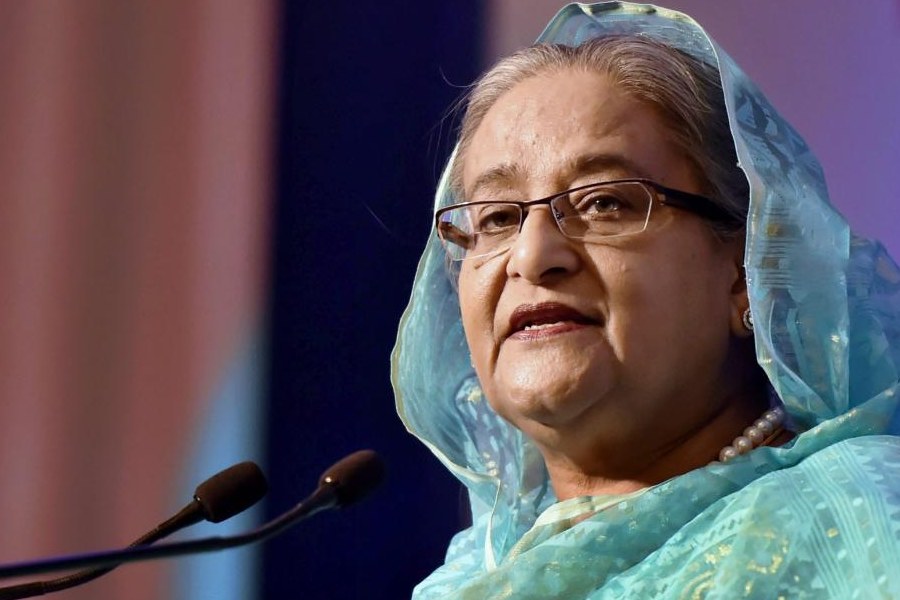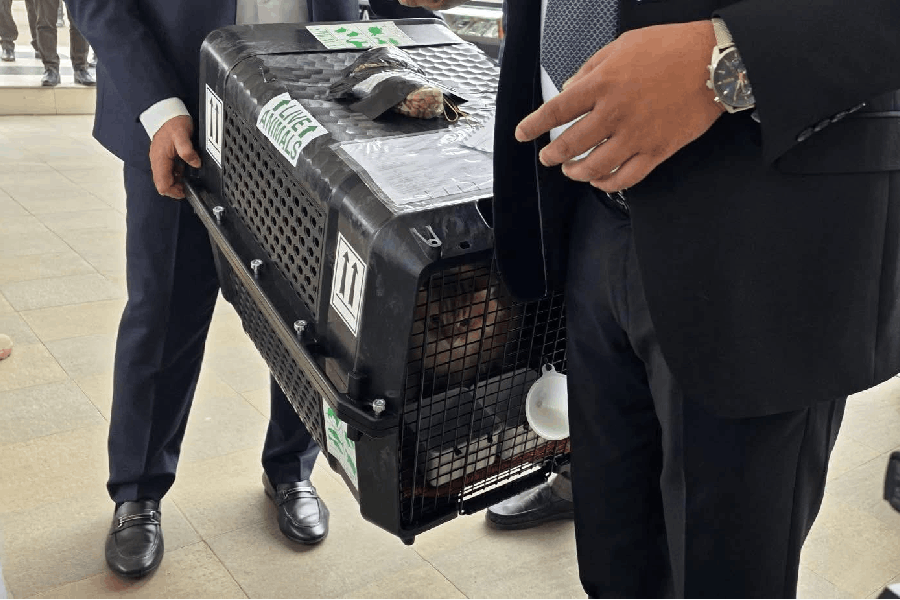Guwahati, Oct. 30: The Asian Elephant Specialist Group, under the International Union for Conservation of Nature (IUCN), will meet in Guwahati after a long gap next month to prepare an action plan for the conservation of Asiatic elephants.
The IUCN Species Survival Commission's Asian Elephant Specialist Group is a network of over 60 like-minded specialists from across the globe, concerned with the study, monitoring, management, and conservation of Asian elephants in its range countries.
The overall aim of the group is to promote the long-term conservation of Asia's elephants and, where possible, the recovery of their populations to viable levels.
"Actually this is a group that has not met in 14 years. I have just taken over as chairman and am getting the group together. Most of the issues being discussed will be on how to rebuild the group itself," Vivek Menon, the group chairman who is also the chief executive officer of the Wildlife Trust of India, told The Telegraph.
Asian elephants are found in 13 range countries with nearly 60 per cent of the population being present in India. The Asian elephant population is estimated to be 30,000 to 50,000.
Approximately 14,000 to 15,000 of the elephants are living in captivity, representing at least 25 per cent of the entire Asian elephant population.
The convention will bring together all the members from the group to review the current progress and also plan the way ahead for the group.
Menon said the convention would touch on key conservation issues and probably form working groups to come to some commonly accepted guidelines.
The convention will look towards framing of policy statements covering Asian elephant range countries, discuss status reports of Asian elephants in the wild and in captivity and chalk out plans.
The Convention on International Trade in Endangered Species of Wild Fauna and Flora, in its report on Asian elephants, which was recently discussed in the Johannesburg meeting, had stated that Asia remains a major market for legal and illegal trade of live elephants, as well as elephant ivory and other wildlife products.
"While the international ivory trade continues to dominate international attention and resources, the local demand (nationally) and regional demand (within Asia) for live elephants is sufficient to adversely affect many populations, because of the low number of elephants where illegal trade takes place," it says.
It said in addition to live elephants, illegal trade also involves elephant products such as ivory, tail hair, tails, molars, skin and meat.
One of the biggest challenges for enforcement is the porous borders between most range countries that do not allow monitoring or regulation of the movement of live elephants.
Weak law enforcement infrastructure and capacity, limited resources, and lack of political allow poaching, illegal capture, and illegal trade in live elephants, ivory, and elephant products.











